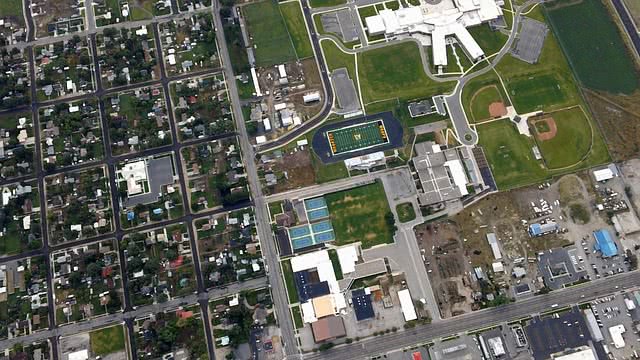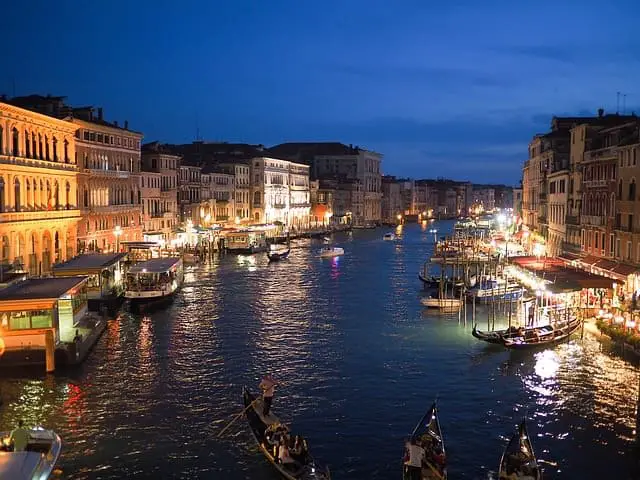Introduction
In Lima, infrastructure began to be developed and expanded majorly after the poor people started to occupy land and build settlements. Fifty percent of Lima’s population lives in poverty and the inequality is stark. It received independence from Spain in 1824 but ever since then urban fragmentation has been gradually visible. From the 1950s, Lima’s informal settlements called ‘barriadas’ grew widely. Up till 1990s, the government was responsible to provide basic amenities to the people. However, the neoliberal reforms of 1990spromoted liberalization and privatization in free market and the role of the state as a facilitator than as an active participant. The objective of this paper was to see if Graham and Marvin’s notion about splintering urbanism holds true in this case of network infrastructure. This paper includes case study of water and telecommunication services in Lima post the neoliberal reforms to see if they’ve led to urban integration or fragmentation.
Lima is home to about ten million people as per the World Population Review, 2018. Lima considerably expanded after the 1940s due to city-ward migration. The informal settlements called the ‘barriadas’ expanded majorly during the 1960s and 1970s. These people living on the peripheries have suffered for years because of lack of basic services. In 1981, 31.7% of Lima’s total population was living in barriadas.

Related: Hoyt Model or Sector Model (1939) of Urban Land Use by Homer Hoyt
The Telecommunication Sector Reforms
The reforms in the telecommunication sector of Lima started in 1993 when the Telecommunication Law was passed and a Supervisory Body for Private Investment in Telecommunication was created to monitor the sector and enable free competition.
Before the reforms, in 1993, telephone services could be accessed by only rich households. The country, Peru, had only 2.7 lines per thousand people. The service quality was also poor. In 1994, ‘Telefonica de Espana’ was the private company which was delegated to provide telephone and internet services in Lima. The Tele-density increased in the initial three years but later it began to decline. The high tariffs made it difficult for many people to buy telecommunication services.
After 2003, tariffs were lowered but still in 2007 tariffs were high juxtaposed to the average income of people. The reforms improved coverage and efficiency but it didn’t lead to equity in access as it was not financially accessible for the poor households. In this way, splintering urbanism partially applies in the telecommunication sector of Lima.
The Water Sector Reforms
The other reform that the article focuses on is the water sector reforms. Lima lies on Peru’s arid Pacific coast. There is scarcity of water in Lima as it is extended into desert and valleys of three rivers which have irregular water flow.
In 1994, the General Law of Sanitation Services created a regulatory board called National Agency of Water and Sanitation Services. But the attempt at privatization could not be fully realized. Lima has a challenging geographical location. The operational and production cost of water were high when the existing water network was poor. The private players could not have reaped much return out of providing the services. After protesting and resisting against privatization, the tariffs were reduced to aim for efficiency.
The cholera epidemic of the late 1980s made the masses realize the importance of water. Later the coverage improved relatively but the barriadas at the periphery still didn’t have water connection. These people buy water from trucks which are then stored in containers outside their houses. The price paid for buying from water vendors is high so they would consume less water.
A major problem in the water sector was the unsound tariff policy. There was cross-subsidization from the high-income group consumers for the low-income group consumers. Yet the tariffs could not cover the cost of operation and maintenance. The low tariffs were also because of ‘governmental opportunism’. They kept a short vision of present benefits by keeping lower tariffs and avoiding public backlash. They ignored the long-term benefits of a reasonably higher tax that will help sustain and expand the water sector.
Lima has had a complex water system. The services are majorly concentrated in the core of the city, whereas the periphery is neglected. The dual circuits of premium network and excluded places in Lima’s water sector apply to Graham and Marvin’s work in Splintering Urbanism.
Related: Pragmatic Approach to Slum Rehabilitation in Mumbai City (Part 2 of 4)
Conclusion
The water and telecommunication services, when looked at an aggregate level, seem to improve the situation and enable urban integration but when looked deeper into the two sectors separately, they narrate a more complex story. These reforms have not emerged as a sustainable solution to combat the problem of inequality and poverty in Lima. The telecommunication services were privatized and it gained efficiency such that it could be largely spread over for everybody but the tariffs remained high due to which it could not be accessible and affordable by all, especially the people of the barriadas.

The water sector could not be privatized effectively due to ‘political-opportunism’ which reflects government’s short-sightedness. The tariffs on water were not increased to avoid any backlash from public. The water services were extended but there’s not enough evidence to prove that it was because of the reforms. It was more likely due to political international pressure around the cholera epidemic.
The concept of splintering urbanism can’t be assessed only at an aggregate level in Lima. At the aggregate level, very stark levels of segregation or polarization in society and spatiality were not seen in the case of Lima. One needs to look deeper into the cases of telecommunication and water sector to see the consequences of the reforms.
A major observation in this case of Lima is the commodification of utilities. The public good is transformed into a tradable commodity. Such commodification emerges from the concept of neoliberalism. The public good is viewed as an economic good. The private players who take the charge to provide the service are good by their own interests. When there is a private intervention it no more stays a public service, it becomes a market good. Privatization is not always able to reach its goal of ensuring universal coverage and access.
In present day also Lima is a city of extreme wealth and inequality. The water services have not reached the barriadas at the city outskirts. There exists a wall that keeps the rich districts separate from the poor informal dwellings. Yet, World Bank claims that it’s doing good work at ending inequality and poverty in the world. But many economists believe that countries with more inequality perform poorly because of instability and lower growth.
A balanced way to ensure universal coverage and access of these two essential network infrastructures could be to involve both public and private sector with careful regulation. Proper and more empathetic policies along with suitable subsidies and simultaneous regulation can help to provide better services for all in a more sustainable manner. The technological advancement and political dynamics should go hand in hand to meet the requirements of all the people in the city especially for those who are vulnerable.
The article is largely based on “Expanding networks for the urban poor:
Water and telecommunications services in Lima, Peru” written by Ana María Fernández-Maldonado. The author is very thankful to the contributions of Simran Pal Kaur in reviewing and drafting the article.
Also Read: Central Place Theory by Walter Christaller (1933)